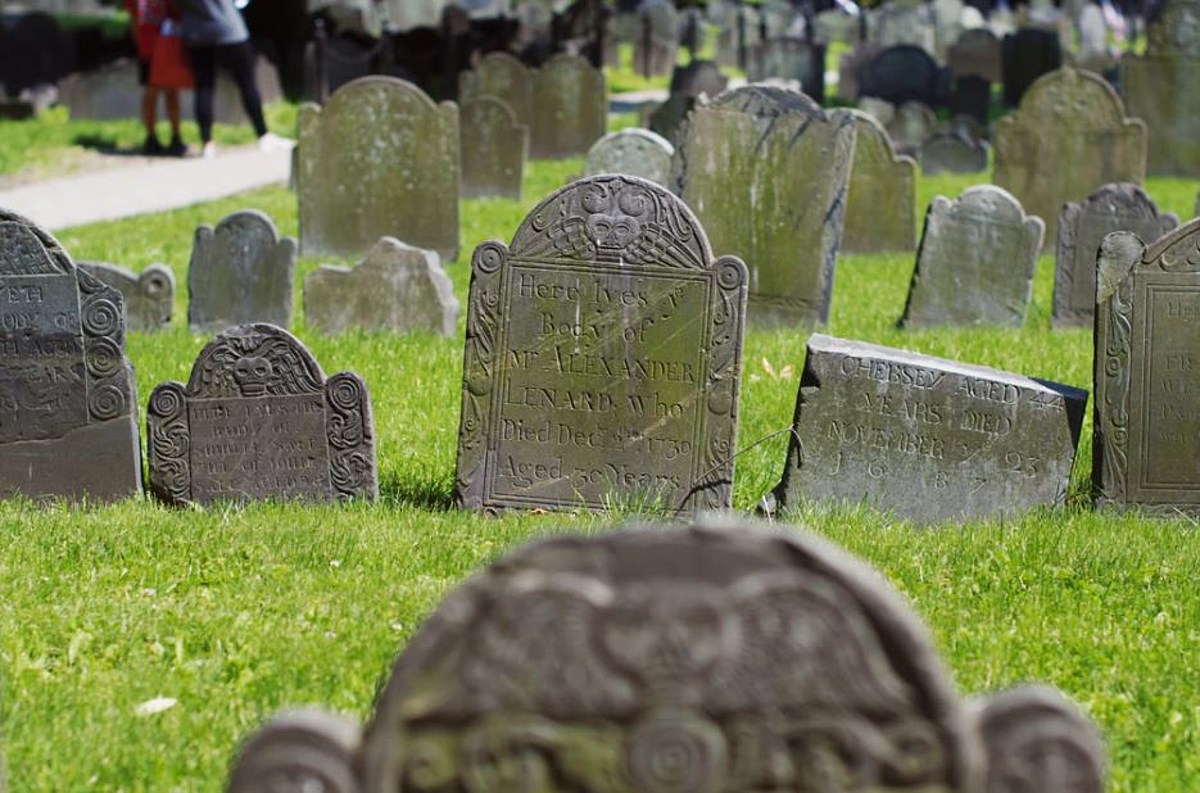
Did you know that Nantes, a city in western France, has a history marked by tragic drownings? These incidents span centuries, reflecting both natural and human-made causes. From the treacherous currents of the Loire River to historical events like the French Revolution, drownings have left an indelible mark on Nantes. Understanding these occurrences not only sheds light on the city's past but also highlights the importance of water safety today. This post dives into 35 compelling facts about drownings at Nantes, offering a glimpse into the city's relationship with its waterways. Whether you're a history buff or just curious, these facts will provide a deeper understanding of Nantes' watery tales.
Key Takeaways:
- Tragic drownings in Nantes, France, have shaped the city's history, leading to safety measures and community support. Understanding risks and promoting water safety are crucial for preventing future incidents.
- The Loire River's unpredictable currents have contributed to historical and modern-day drownings in Nantes. Efforts to improve safety and honor victims are ongoing, emphasizing the importance of vigilance and community involvement.
The Tragic History of Nantes
Nantes, a city in western France, has a history marked by both cultural richness and tragic events. One of the most somber chapters involves drownings that have occurred over the years. Here are some facts that shed light on these unfortunate incidents.
-
The city of Nantes is located along the Loire River, which has been both a blessing and a curse for its residents.
-
Historically, the Loire River has been known for its unpredictable currents, making it a dangerous place for swimming and boating.
Notable Incidents
Several notable drowning incidents have left a lasting impact on the community. These events are remembered for their tragic outcomes and the lessons they impart.
-
In 1793, during the French Revolution, mass drownings known as the "Noyades de Nantes" were carried out by revolutionary forces.
-
These mass drownings were a method of execution used against political prisoners and royalists, resulting in the deaths of thousands.
-
The drownings were orchestrated by Jean-Baptiste Carrier, a revolutionary leader who saw it as an efficient way to eliminate enemies.
Modern-Day Drownings
Even in recent times, drownings continue to be a concern in Nantes. Despite advancements in safety measures, accidents still happen.
-
In 2013, a tragic incident occurred when a young boy drowned in the Erdre River, a tributary of the Loire.
-
The boy's death prompted local authorities to increase safety patrols and install warning signs along the riverbanks.
-
In 2018, a tourist drowned while attempting to swim across the Loire River, highlighting the ongoing risks associated with the waterway.
Safety Measures and Awareness
Efforts to prevent drownings in Nantes have evolved over the years. Various safety measures and awareness campaigns aim to reduce the number of incidents.
-
Lifeguard stations have been established at popular swimming spots along the Loire and Erdre rivers.
-
Educational programs in schools teach children about water safety and the dangers of swimming in rivers.
-
The city has also implemented a "no swimming" policy in certain high-risk areas to prevent accidents.
The Impact on the Community
Drownings have a profound impact on the community, affecting not just the victims' families but also the broader population.
-
Memorials have been erected in Nantes to honor those who lost their lives in drowning incidents.
-
Community support groups provide counseling and assistance to families affected by these tragedies.
-
Annual events are held to raise awareness about water safety and to remember the victims.
Historical Context
Understanding the historical context of drownings in Nantes provides insight into how these events have shaped the city's identity.
-
The "Noyades de Nantes" during the French Revolution are considered one of the darkest chapters in the city's history.
-
These mass drownings were part of a broader campaign of terror that sought to suppress opposition to the revolutionary government.
-
The events of 1793 have been the subject of numerous historical studies and have left a lasting legacy in Nantes.
The Role of the Loire River
The Loire River plays a central role in the history of drownings in Nantes. Its characteristics and the activities it supports contribute to the risks.
-
The Loire is the longest river in France, stretching over 1,000 kilometers from its source in the Massif Central to the Atlantic Ocean.
-
Its wide, shallow waters and strong currents make it particularly hazardous for inexperienced swimmers.
-
The river has been a vital transportation route for centuries, but its unpredictable nature has also made it a site of numerous accidents.
Efforts to Improve Safety
Ongoing efforts to improve safety in and around the Loire River aim to prevent future drownings and protect residents and visitors.
-
The city of Nantes has invested in advanced rescue equipment for emergency responders.
-
Regular safety drills are conducted to ensure that rescue teams are prepared for any situation.
-
Public awareness campaigns emphasize the importance of respecting water safety guidelines and avoiding risky behaviors.
The Human Toll
The human toll of drownings in Nantes is immeasurable. Each incident leaves a lasting mark on the community and serves as a reminder of the importance of vigilance.
-
Families who have lost loved ones to drowning often become advocates for water safety, sharing their stories to prevent similar tragedies.
-
The emotional impact of drownings extends beyond immediate families, affecting friends, neighbors, and the entire community.
-
Support networks and counseling services play a crucial role in helping those affected by drownings cope with their loss.
Lessons Learned
The history of drownings in Nantes offers valuable lessons about the importance of safety, awareness, and community support.
-
Understanding the risks associated with the Loire River can help prevent future accidents.
-
Community involvement in safety initiatives is essential for creating a safer environment for everyone.
-
Continuous education and awareness campaigns are key to reducing the number of drowning incidents.
The Future of Water Safety in Nantes
Looking ahead, the city of Nantes remains committed to improving water safety and preventing drownings.
-
Plans are underway to enhance safety infrastructure along the Loire and Erdre rivers.
-
Collaboration with national and international water safety organizations aims to bring best practices to Nantes.
-
Technological advancements, such as drone surveillance, are being explored to monitor high-risk areas more effectively.
Remembering the Victims
Honoring the memory of those who lost their lives to drowning is an important part of the healing process for the community.
-
Annual remembrance ceremonies are held to pay tribute to the victims and support their families.
-
Public art installations and memorials serve as lasting reminders of the importance of water safety.
-
The stories of those who drowned in Nantes continue to inspire efforts to create a safer environment for future generations.
The Final Splash
Drowning incidents in Nantes reveal some eye-opening facts. This city, with its rich maritime history, has seen its share of water-related tragedies. Knowing these facts can help raise awareness and promote safety measures. For instance, did you know that most drownings occur in rivers and lakes rather than the ocean? Also, many victims are often strong swimmers who underestimate the water's power.
Understanding the common causes and risk factors can save lives. Alcohol consumption, lack of supervision, and not wearing life jackets are major contributors. By spreading this knowledge, we can help prevent future incidents.
So next time you're near water, remember these facts. Stay vigilant, respect the water, and always prioritize safety. Let's make sure everyone enjoys the beauty of Nantes' waterways without tragedy.
Frequently Asked Questions
Was this page helpful?
Our commitment to delivering trustworthy and engaging content is at the heart of what we do. Each fact on our site is contributed by real users like you, bringing a wealth of diverse insights and information. To ensure the highest standards of accuracy and reliability, our dedicated editors meticulously review each submission. This process guarantees that the facts we share are not only fascinating but also credible. Trust in our commitment to quality and authenticity as you explore and learn with us.


